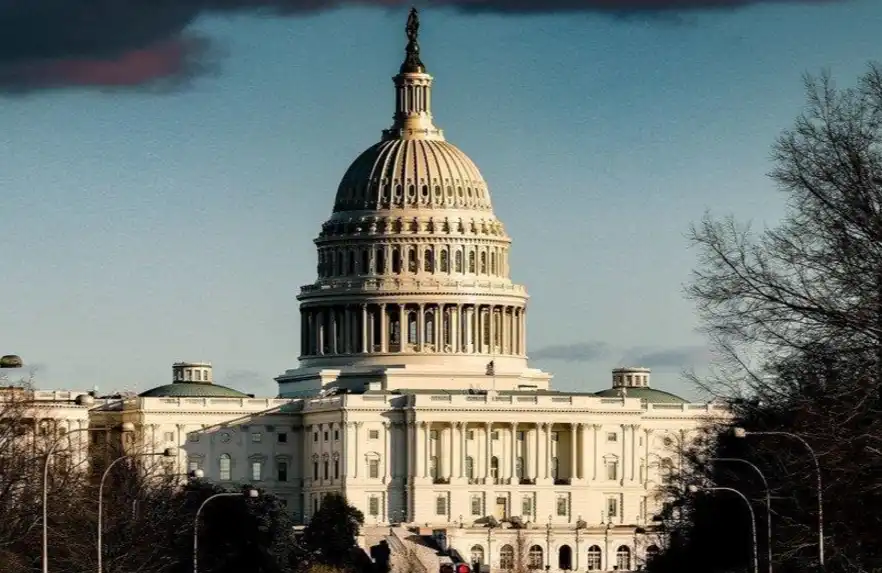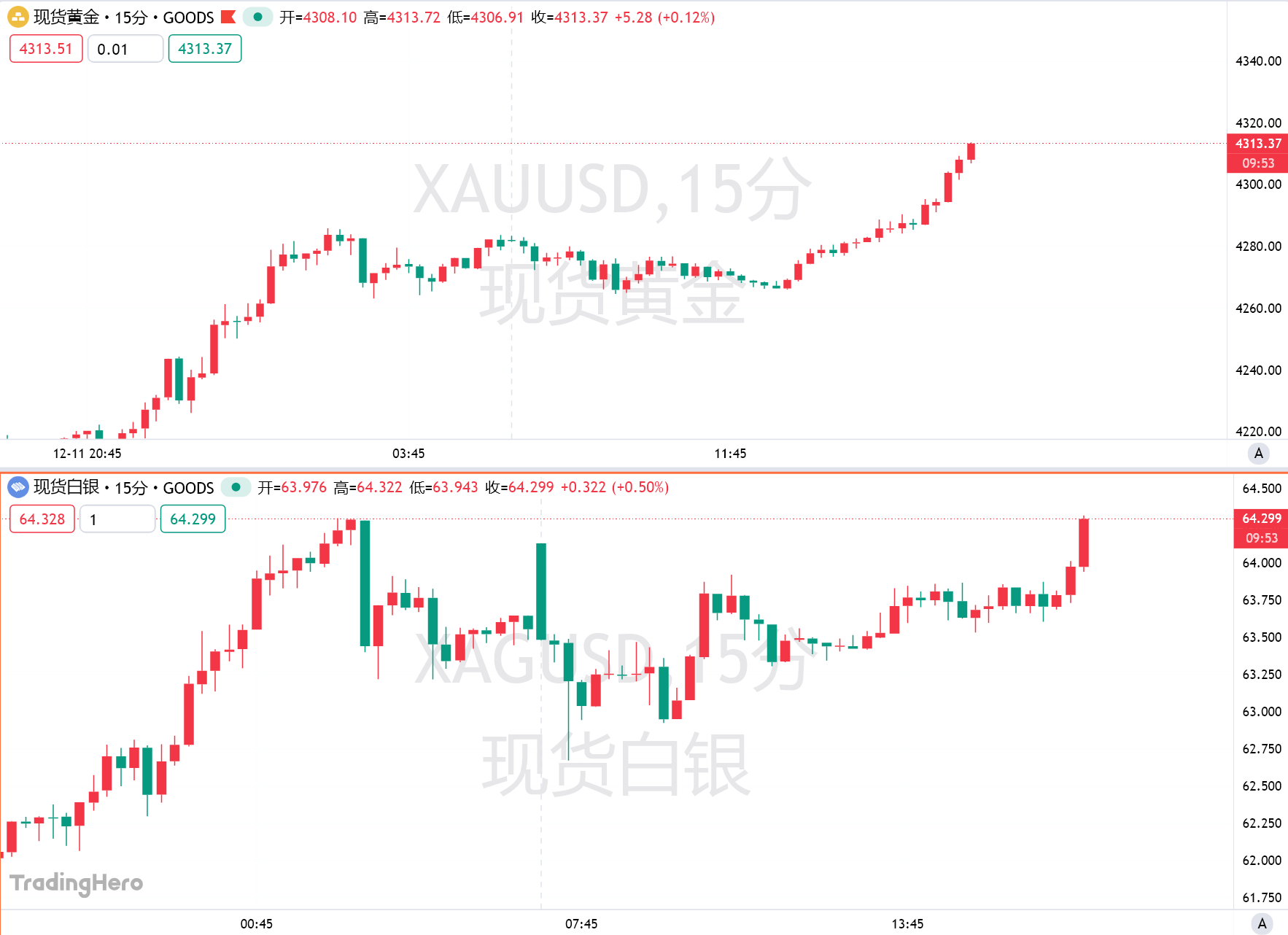The financial world is buzzing with news that the California State Teachers’ Retirement System (CalSTRS), the third-largest U.S. pension fund, has gained significant CalSTRS Bitcoin exposure. This monumental move involves a $133 million investment through MicroStrategy (MSTR), signaling a pivotal moment for institutional adoption of digital assets. This development, first highlighted by The Bitcoin Historian on X, showcases how even traditional, large-scale investment vehicles are beginning to embrace the evolving financial landscape.
Understanding CalSTRS’s Strategic Bitcoin Exposure
Many might wonder how a teachers’ pension fund invests in Bitcoin. CalSTRS isn’t directly buying Bitcoin. Instead, they are investing in MicroStrategy (MSTR) stock. MicroStrategy is a business intelligence company that has famously adopted Bitcoin as its primary treasury reserve asset. By purchasing MSTR shares, CalSTRS indirectly gains CalSTRS Bitcoin exposure, aligning with a growing trend among institutions seeking diversified digital asset investments.
This approach offers a pathway for large, regulated entities to participate in the crypto market without directly holding volatile digital assets. It provides a layer of corporate governance and reporting, which can be more palatable for pension funds bound by strict fiduciary duties and complex regulatory frameworks.
Why is This CalSTRS Bitcoin Exposure Significant?
The decision by CalSTRS carries immense weight for several reasons, impacting both the crypto market and traditional finance:
- Validation of Bitcoin: It provides further validation for Bitcoin as a legitimate asset class, even for conservative, long-term investors like pension funds. This strengthens its perception among mainstream financial players.
- Pioneering for Pension Funds: CalSTRS is one of the largest pension funds to publicly disclose such a significant indirect CalSTRS Bitcoin exposure. This could pave the way for other similar funds to explore similar avenues, potentially leading to a ripple effect across the pension fund landscape.
- Increased Institutional Adoption: This move underscores the accelerating trend of institutional capital flowing into the cryptocurrency space. It indicates a maturing market where digital assets are no longer just for retail investors but are becoming integrated into sophisticated portfolios.
- Diversification Strategy: For pension funds, adding exposure to uncorrelated assets like Bitcoin (even indirectly) can potentially enhance portfolio diversification and long-term returns. This strategy aims to reduce overall portfolio risk while capturing growth opportunities, though it comes with its own set of risks.
Navigating the Path to CalSTRS Bitcoin Exposure: Challenges and Considerations
While the news is largely positive for the crypto ecosystem, it’s important to acknowledge the complexities involved. Pension funds operate under stringent regulations and have a primary responsibility to protect retirees’ savings. This means their investment decisions are often conservative and highly scrutinized.
Key considerations for funds exploring similar paths include:
- Volatility: Bitcoin is known for its price volatility, which can be a significant concern for funds focused on stable, long-term growth. Indirect exposure via MSTR still means exposure to this volatility, as MSTR’s stock price is heavily influenced by Bitcoin’s performance.
- Regulatory Landscape: The regulatory environment for cryptocurrencies is still evolving globally. Pension funds must navigate this uncertainty carefully to ensure compliance with existing and future financial regulations, which can be a complex task.
- Due Diligence: Extensive research and due diligence are crucial before any such investment. Understanding MicroStrategy’s business strategy, its operational risks, and its specific Bitcoin holdings is paramount to assessing the investment’s viability and alignment with fiduciary duties.
CalSTRS’s move suggests they have undertaken significant analysis to justify this strategic investment, indicating a growing level of comfort with the digital asset space among sophisticated investors. Their decision reflects a calculated risk assessment, weighing potential benefits against inherent challenges.
What Does This Mean for the Future of Institutional Crypto Investment?
The revelation of CalSTRS’s investment could serve as a powerful catalyst for broader institutional engagement with digital assets. As more large pension funds and endowments witness the potential benefits and the structured pathways available, we might see a domino effect. This isn’t just about Bitcoin; it’s about the broader acceptance of digital assets as a viable component of a diversified investment portfolio.
The indirect nature of this CalSTRS Bitcoin exposure through MSTR highlights a common entry point for institutions. It provides a publicly traded, regulated vehicle, which simplifies compliance and governance issues compared to direct crypto holdings. This model might become increasingly popular as traditional finance seeks ways to tap into the growth of the digital economy without facing the direct complexities of managing volatile digital currencies.
The move by CalSTRS truly underscores a shift in perspective within the financial world. It’s no longer a question of “if” institutions will adopt crypto, but “how” and “when” they will expand their exposure. This pension fund’s pioneering step could mark a new chapter in the mainstream integration of digital assets into global financial systems, potentially influencing investment strategies for years to come.
In conclusion, CalSTRS’s $133 million indirect CalSTRS Bitcoin exposure via MicroStrategy is a landmark event. It signifies increasing institutional confidence in Bitcoin as an asset, opens new pathways for large funds to engage with crypto, and solidifies the trend towards digital asset integration into traditional investment portfolios. This strategic move by a major U.S. pension fund is a compelling indicator of Bitcoin’s growing legitimacy and its future role in global finance, prompting conversations across boardrooms worldwide.
Frequently Asked Questions (FAQs)
- What is CalSTRS?
The California State Teachers’ Retirement System (CalSTRS) is the third-largest public pension fund in the United States. It provides retirement, disability, and survivor benefits to California’s public school educators from kindergarten through community college. - How does CalSTRS gain Bitcoin exposure through MicroStrategy (MSTR)?
CalSTRS does not directly hold Bitcoin. Instead, it invests in the stock of MicroStrategy (MSTR), a publicly traded company that holds a significant amount of Bitcoin on its balance sheet as a primary treasury reserve asset. This investment in MSTR shares provides CalSTRS with indirect exposure to Bitcoin’s price movements. - What is the significance of this CalSTRS Bitcoin exposure for the crypto market?
This move by a major U.S. pension fund validates Bitcoin as a legitimate asset class for large institutional investors. It signals increasing institutional adoption and could encourage other conservative funds to explore similar indirect investment avenues, further integrating digital assets into traditional finance. - Are other pension funds investing in Bitcoin?
While CalSTRS is one of the largest to disclose such a significant indirect investment, a growing number of endowments and pension funds globally are beginning to explore or allocate small portions of their portfolios to digital assets, often through venture funds, private equity, or publicly traded vehicles like MSTR. - What are the primary risks for pension funds investing in cryptocurrencies?
The main risks include Bitcoin’s inherent price volatility, the evolving and sometimes uncertain regulatory landscape, and the due diligence required to understand the underlying assets or the companies providing indirect exposure. Pension funds must balance potential returns with their fiduciary responsibility to protect beneficiaries’ capital.
If you found this article insightful, consider sharing it with your network! Help us spread the word about the evolving landscape of institutional crypto adoption by sharing on social media.
To learn more about the latest Bitcoin market trends, explore our article on key developments shaping Bitcoin institutional adoption .



